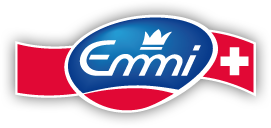Zürich, 26. Januar 2015
Kurzkommentar von Dr. Felix Regli zum Wahlausgang
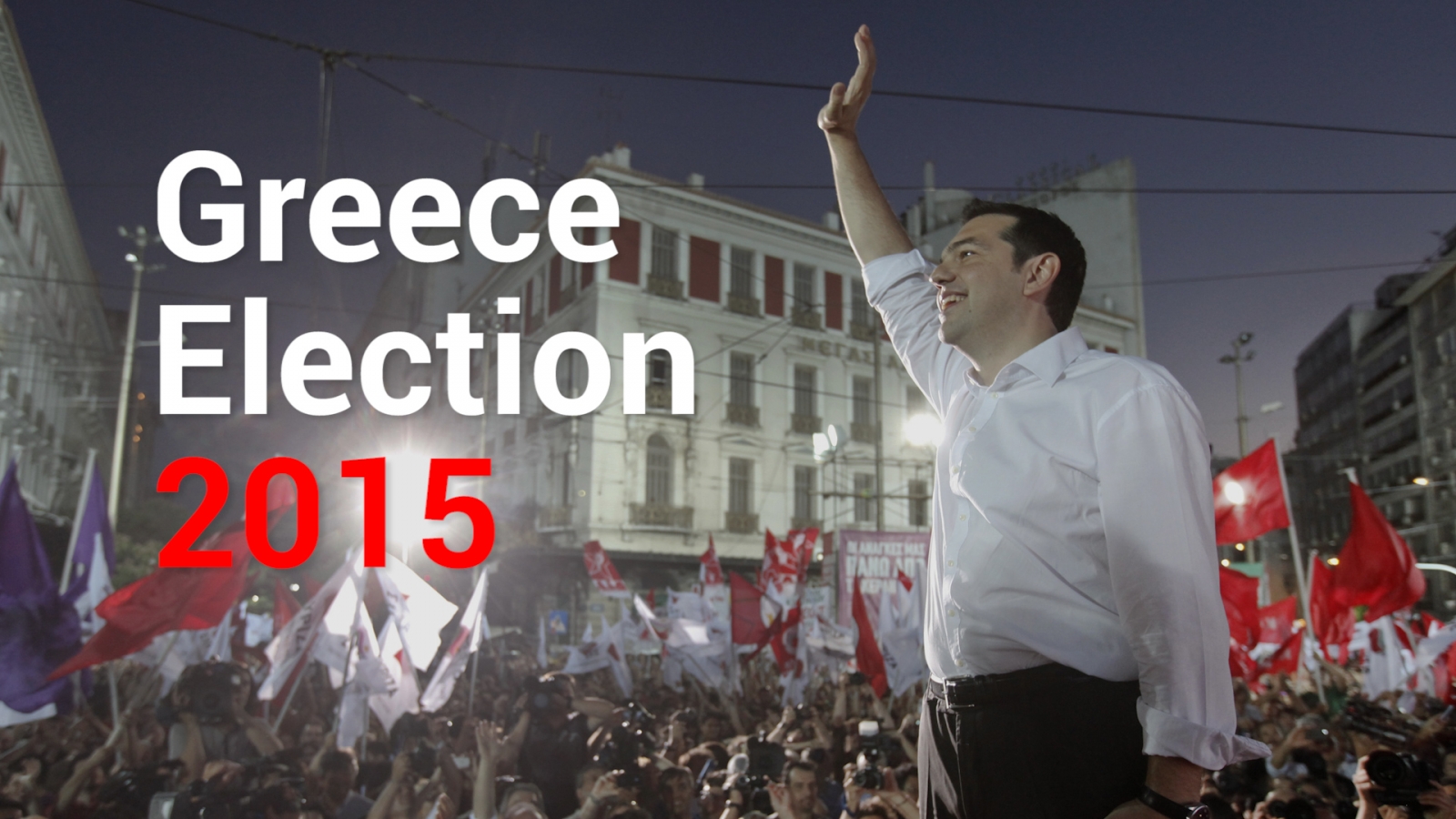 Mit dem Wahlsieg der linken Partei Syriza von Alexis Tsipras steht Griechenland vor einem Neubeginn. Dieser Erfolg von Syriza versetzt viele in Europa in Aufregung. Zwei der Forderungen des Wahlsiegers stehen besonders im Fokus, nämlich die Ablehnung verschiedener Reformauflagen, welche die Troika (IMF, EZB, EU) mit der griechischen Regierung vereinbart hatte, sowie die Forderung nach einem Schuldenschnitt. Ein Austritt aus dem Euro beabsichtigt Syriza jedoch nicht.
Mit dem Wahlsieg der linken Partei Syriza von Alexis Tsipras steht Griechenland vor einem Neubeginn. Dieser Erfolg von Syriza versetzt viele in Europa in Aufregung. Zwei der Forderungen des Wahlsiegers stehen besonders im Fokus, nämlich die Ablehnung verschiedener Reformauflagen, welche die Troika (IMF, EZB, EU) mit der griechischen Regierung vereinbart hatte, sowie die Forderung nach einem Schuldenschnitt. Ein Austritt aus dem Euro beabsichtigt Syriza jedoch nicht.
Positiv zum Wahlausgang ist zunächst zu bewerten, dass Syriza trotz knapp verpasster absoluter Mehrheit im griechischen Parlament, bereits am ersten Tag nach den Wahlen, eine Koalition mit der rechtspopulistischen Partei Unabhängige Griechen (Anel) eingegangen ist und somit keine langwierigen und unsicheren Koalitionsverhandlungen stattfinden müssen. Es wird dennoch sehr schwierige Verhandlungen zwischen der neuen Regierung und den internationalen Geldgebern geben. Ohne einen massiven Schuldenschnitt wird es jedoch kaum gehen, denn Griechenland ist mit fast 180% des Bruttoinlandproduktes zu hoch verschuldet. Ein nachhaltiger Aufschwung ohne Eingeständnisse seitens der Gläubiger ist nicht realistisch.
Positiv zu werten ist ferner – und dies mag viele überraschen – dass eine völlig neue und unverbrauchte Kraft nun die Zügel in der Hand hat. In der Vergangenheit (seit 1974) haben zwei Parteien, nämlich die konservative Neo Dimokratia und die sozialistische Pasok sich jeweils in der Regierung abgelöst. Sie sind für den Schlendrian und die Schuldenpolitik sowie das Klientelsystem der Vergangenheit verantwortlich. Ein Neubeginn kann nun stattfinden. Allerdings sind grosse Konzessionen nicht nur seitens der internationalen Geldgeber, sondern auch von der neuen griechischen Regierung notwendig. Ein definitives Scheitern der Verhandlungen könnte zum sog. Grexit, nämlich zum Austritt von Griechenland aus dem Euro führen. Dies hätte für Griechenland schwerwiegende Konsequenzen. Durch Gelddrucken und Inflation wäre ein Absturz in noch grössere Armut und Radikalisierung wahrscheinlich. Für die internationalen Geldgeber käme dies auch teuer zu stehen. Der Euro könnte jedoch mittelfristig durch den Austritt des bei weitem schwächsten Mitglieds gar gestärkt aus der Situation hervorgehen./ RGX

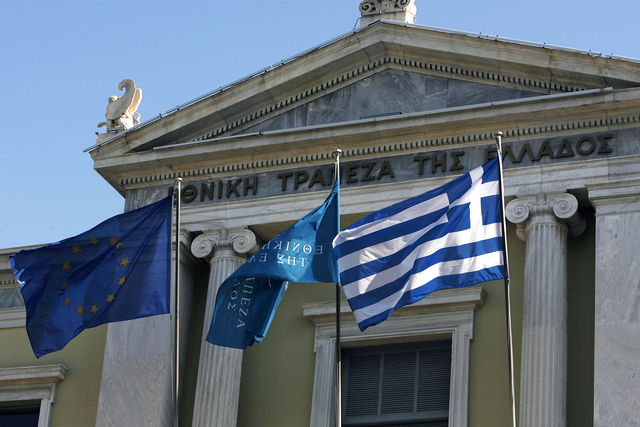 Am 25. Januar 2015 wählen die Griechen ein neues Parlament. Falls Alexis Tsipras von der Linksallianz Syriza die Wahlen gewinnt, fordert er eine Neuaushandlung des griechischen Sparprogramms und einen Schuldenschnitt von mindestens 50%. Einen Austritt aus dem Euro peilt er jedoch nicht an. Es könnte aber dennoch zu einem solchen Schritt kommen, falls die Verhandlungen der neuen Regierung mit der Troika (EZB, IMF und EU) scheitern würden.
Am 25. Januar 2015 wählen die Griechen ein neues Parlament. Falls Alexis Tsipras von der Linksallianz Syriza die Wahlen gewinnt, fordert er eine Neuaushandlung des griechischen Sparprogramms und einen Schuldenschnitt von mindestens 50%. Einen Austritt aus dem Euro peilt er jedoch nicht an. Es könnte aber dennoch zu einem solchen Schritt kommen, falls die Verhandlungen der neuen Regierung mit der Troika (EZB, IMF und EU) scheitern würden. Sixteen of the world’s most expensive watch brands, of which three-quaters are produced by Richemond (CFR), will present new and old creation. The industry spend as much as 30 million Swiss francs ($35 million) for the great manufactural event. What the organizer could not forecast was the End-Gong of the Swiss National Bank (SNB).
Sixteen of the world’s most expensive watch brands, of which three-quaters are produced by Richemond (CFR), will present new and old creation. The industry spend as much as 30 million Swiss francs ($35 million) for the great manufactural event. What the organizer could not forecast was the End-Gong of the Swiss National Bank (SNB).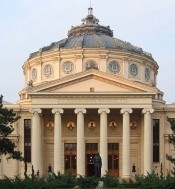 The CHF appreciation is having considerbly severe implications on the CE/SEE region, especially given the noticeable CHF denominated loan shares in Poland, Hungary but also Croatia, Romania or Serbia.
The CHF appreciation is having considerbly severe implications on the CE/SEE region, especially given the noticeable CHF denominated loan shares in Poland, Hungary but also Croatia, Romania or Serbia.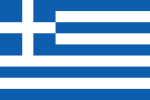 La Grèce est au bout du souffle. Les banques et autres investisseurs privés ont en fui ce pays lors de la première crise, celle du printemps 2010. Les institutions publiques (l’état ou organisations) en détiennent la plus grande partie de la lourde dette.
La Grèce est au bout du souffle. Les banques et autres investisseurs privés ont en fui ce pays lors de la première crise, celle du printemps 2010. Les institutions publiques (l’état ou organisations) en détiennent la plus grande partie de la lourde dette. Our activity produced in 2014 a good operating performance in all its strategic pillars. Resources & Roots is radically developing its relationship model in Switzerland, Finland and Canada and extending its offer to a large number of international partners. Our model, which combines the expertise of investor relationship, financial consulting and business ethics by the proximity of a proactive networking, is insuring a personalised service and an offer which is perfectly tailored to the need and expectations of clients in a complex economic environment.
Our activity produced in 2014 a good operating performance in all its strategic pillars. Resources & Roots is radically developing its relationship model in Switzerland, Finland and Canada and extending its offer to a large number of international partners. Our model, which combines the expertise of investor relationship, financial consulting and business ethics by the proximity of a proactive networking, is insuring a personalised service and an offer which is perfectly tailored to the need and expectations of clients in a complex economic environment. TORONTO, 5 December 2014
TORONTO, 5 December 2014
